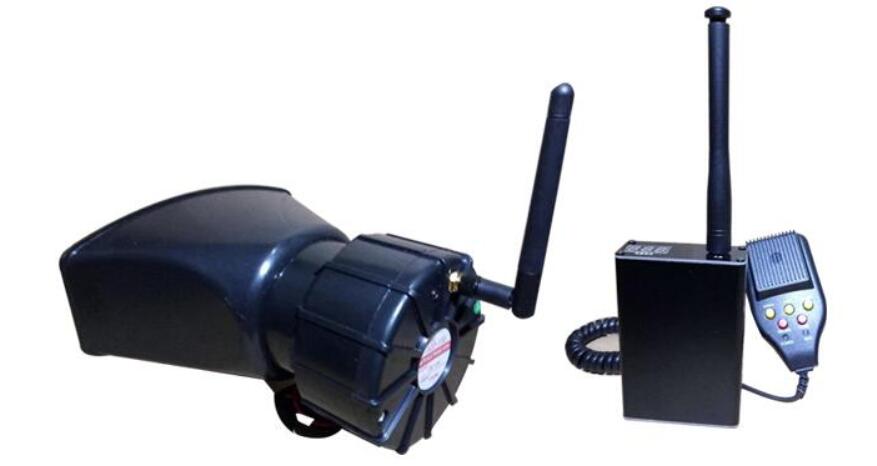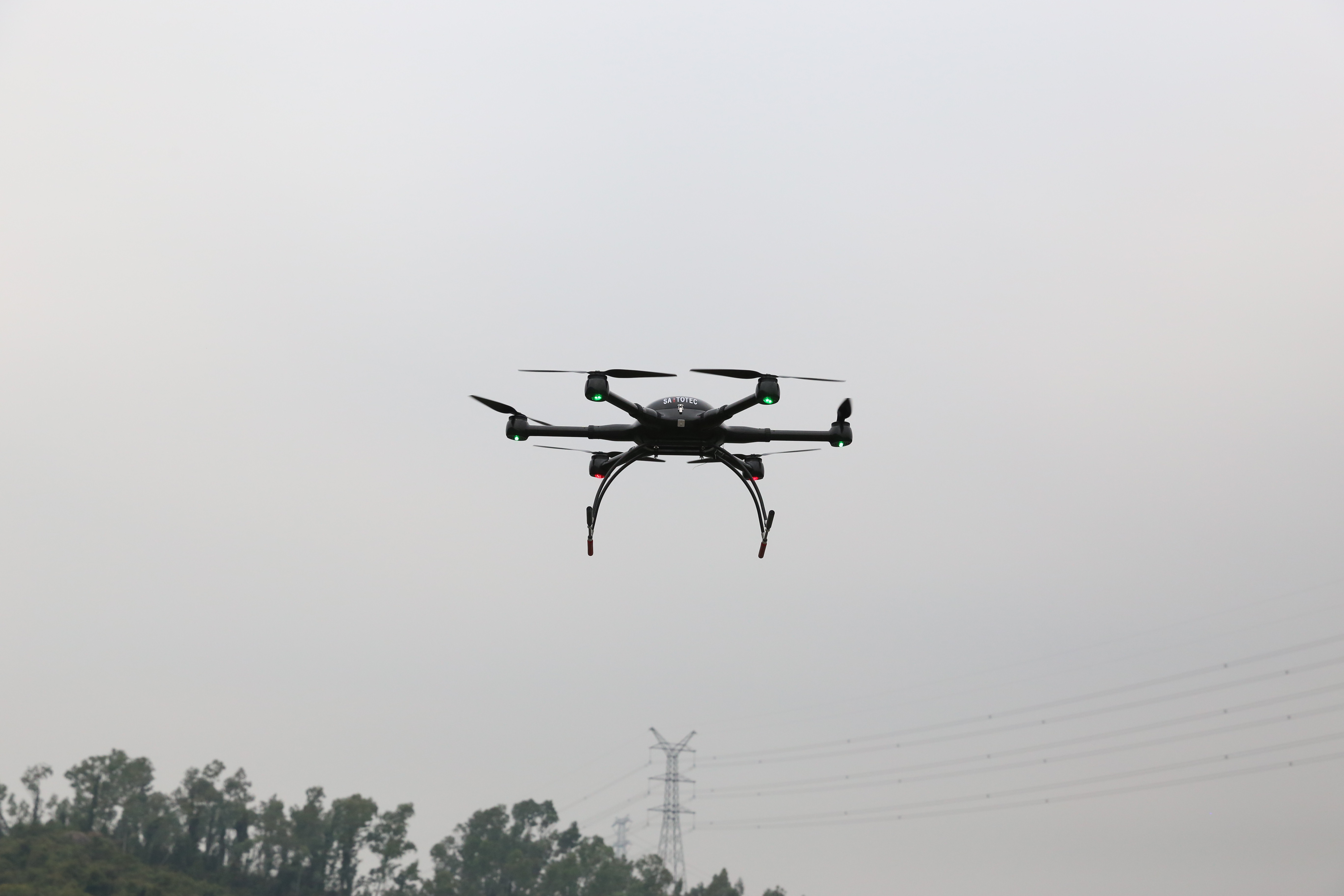
Scientists at the University of California, Berkeley (UC Berkeley) have said that they have found a new method that can advance the development of on-chip inductor technology and will help create a new generation of micro RF electronic and wireless communications. system design.
Researchers at the University of California are exploring in depth the latest developments in the synthesis of nanomaterials in nanomagnets. According to Liwei Lin, a professor of mechanical engineering at the University of California, Berkeley, researchers have discovered that the use of magnetic nanoparticles with an overlying insulating layer can reduce the size of high-frequency chip inductors while improving performance and, at the same time, increasing The cutoff frequency provides good magnetic permeability, which reduces eddy current losses during high frequency operation.
Chip Inductors: The problem often faced by messenger engineers who subvert traditional circuit designs is that while trying to reduce the size of chip inductors, they must maintain their optimal inductance and performance. Liwei Lin said that these difficulties mainly come from the restrictions caused by "basic science and engineering practice constraints."
Chip inductor technology does not evolve as much as transistor technology. Transistor technology has followed Moore's Law for the past 40 years. Inductors are considered to be a passive component on the circuit and are classified in the field of "surpassing Moore's Law." Therefore, non-digitalized functions such as RF and MEMS that do not shrink due to Moore's Law are integrated.
The chip inductor architecture requires a larger area because of the length, number of turns, thickness, and space required between its metal traces to achieve proper inductance and performance. However, for a larger area, inductance loss may occur due to a parasitic effect between the rotating coil and the semiconductor substrate.
Therefore, inductors must be added with magnetic material when they are miniaturized, but in this respect, they also bring other technical limitations, such as process solutions, compatibility with standard processes, and material stability. LiweiLin said that magnetic materials are in terms of magnetic permeability. There are some restrictions on frequency response.
The new inductor manufacturing technology uses insulated nanocomposite magnetic materials as fillers to reduce chip inductor size and increase inductance by up to 80%, thereby reducing chip inductors by at least 50%. In addition, Liwei Lin emphasized that it also has the potential to extend the operating frequency range from GHz to 10 GHz.
He expects that these advances in inductor technology are expected to be implemented in the chip process in the next 3-5 years.
Industrial Drone difference as the entertrainment drones, It is for some application purpose. Such as Security Patrol Drone, Inspection Drone ,Fire Extingurisher Drone ,Heavy payload Logistics Drone etc. Because these drones has different applications so they have different Drone Frame ,propulsion system, Drone Flight Controller and equipments. Usual long flight time, long distance control range request. Configration of Ground Control Station, Videolink Datalink, Zoom Camera , Gimbals etc.



Industrial Drone
Security Patrol Drone, Inspection Drone,Fire Extingurisher Drone ,Heavy payload Logistics Drone
shenzhen GC Electronics Co.,Ltd. , https://www.jmrdrone.com